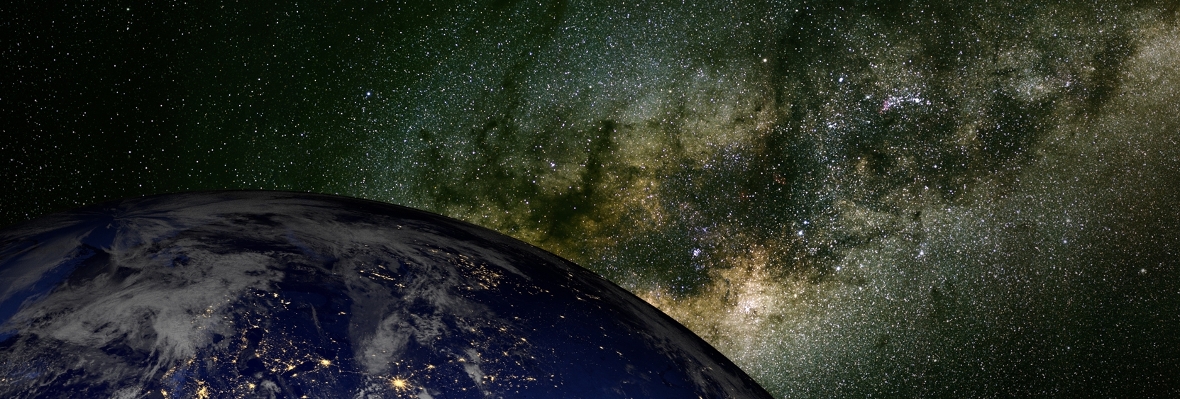A piece of the Universe in the computer
Simulations of galaxies help researchers understand astronomical observations better. The EAGLE simulation, a large project in which Leiden astronomers play a leading role, shows the evolution of the Universe, from just after the Big Bang to the present day.
Gas clumping together
Shortly after the Big Bang, 13.8 billion years ago, the Universe was made up of only hydrogen and helium gas. As an effect of gravity, this gas started to clump together, and formed large, rotating clouds of gas, from which galaxies were formed, each consisting of billions of stars. The starting situation is known, so a computer can in principle use the laws of nature to back-calculate how the Universe developed to its present state.
According to Joop Schaye, Professor of the Formation of Stellar Galaxies, these simulations made it possible for astronomers from Leiden and elsewhere to achieve a breakthrough: ‘All previous simulations created galaxies that were too small, too heavy and too spherical.’ The key was the improved modelling of galactic winds, enormous expulsions of gas from the centre of a young galaxy to the outside, which has a serious effect on the development of the galaxy. The wind is produced by the black hole that is rapidly formed in the core of a galaxy and by the many exploding massive stars, the so-called supernovae.
A petabyte of data
A simulation such as EAGLE is a long-term project that will deliver a petabyte (a million gigabytes) of data. The first tests can be done using a standard computer, but for the actual simulation, time has to be reserved on a super-computer, in this case, the French super-computer CÜRIE; even this computer needs tens of millions of hours calculating time (on thousands of computers at the same time). EAGLE simulates in a ‘representative’ section of the Universe, around a hundred million lightyears in diameter, what happened from shortly after the Big Bang up to the present day.
Astronomers will be busy for many years analysing the data. Schaye: Firstly, you have to recognise the galaxies in all those data, because the computer doesn’t know what a galaxy is.’
The computer only recognises pockets of space of a particular volume, mass and pressure and a couple of natural laws, and still the simulation reproduces the entire spectacular range of galaxies in the Universe: elliptical galaxies, galaxies with spiral branches and barred spiral galaxies. Plus the sponge-like, large-scale structure of the Universe that becomes visible if you zoom so far out that individual galaxies are no larger than particles of dust.

Tuning the model
Simulations have two major advantages over observations using telescopes, according to Schaye: ‘We have the whole history of a phenomenon available, not only what you can see now in the Universe. And we repeat the process a number of times, each time with slightly different ingredients. Then we see how sensitive the outcome is to particular details.' The strength of the wind seems to be the most important 'tuning parameter' in the model to mirror a realistic Universe.
Simulations have become a branch of astronomy equal to theory and observations. Schaye: ‘We now have observers coming to us and saying, “Look at this, what is it?” That wasn’t possible before because the simulations were so unrealistic. Now they are very realistic and we can learn more from our observations. It’s important to continue doing that. Ultimately it all has to come together in one coherent story.’
Due to the selected cookie settings, we cannot show this video here.
Watch the video on the original website or
